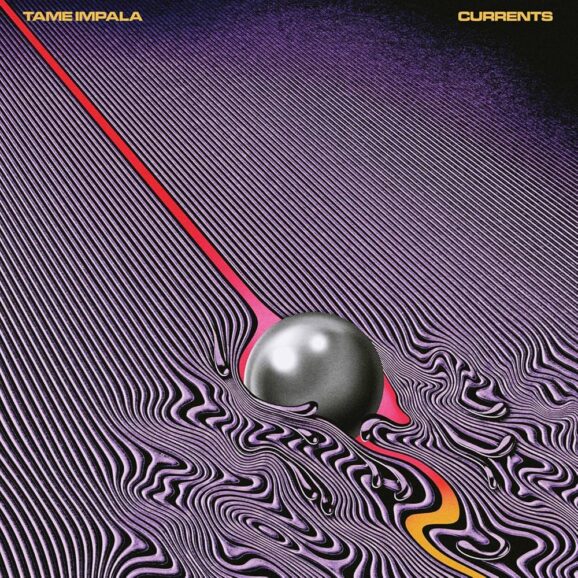The power of music is that it can transform the atmosphere of any place, be it a soft humming in the background of an elevator or electrifying beats pumping through gym speakers. Music plays an important function in setting up an environment and building mood.
The use of music varies widely depending on the context. It can be used to dispel nervousness, enhance concentration, incite excitement, or simply provide ease. Let’s look at how different varieties of music are applied in various settings within physical space. We’ll then move into how background music is similarly used in the world of online entertainment.
Physical Spaces and the Purpose of Music
1. Elevators: The Power of Muzak
Elevator music, otherwise described as “muzak,” is soft, instrumental background music. It creates an atmosphere that is calming in nature and neutral in tone against what could be quite an awkward or uncomfortable situation.
Again, imagine being in an elevator full of complete strangers in total silence. That can immediately feel tense or uncomfortable. Muzak lessens that strain by creating a soothing, unobtrusive audio experience. It is designed not to be noticed too much, serving as a quiet backdrop that keeps the mood neutral and pleasant.
2. Sports Arenas: Building Excitement
The musical choice during a professional soccer game or any other sporting event has a completely different feel and function than music in an elevator. The music is loud, energetic, and instrumental in stirring excitement and enthusiasm among the masses.
From the pounding bass behind some sort of pre-game anthem to the high-tempo beats playing during the half-time break, the purpose remains the same. That is, to keep the energy level high.
Music unites the fans in the sports arenas, amplifies their feelings, and engulfs the experience. A popular song of victory may render celebrating a goal more thrilling.
3. Gyms: Beats of motivation
The purpose of music at the gym is to motivate. Upbeat, fast-paced tunes get people through tough workouts, keep energy levels high, and focus on their fitness goals. Music with a tempo between 120 and 140 beats per minute really enhances interest in the workout.
Whether it is pop chartbusters, EDM tracks, or hard-hitting numbers of rock, every type of music that plays in gyms should be energetic, and high-octane. It should promote persistence and endurance.
4. Romantic Restaurants: Setting an Intimate Tone
The music tends to be soft, slow, and soothing, rather than the high-energy boom-boom of a gym or a sports event. The purpose here will be to make the atmosphere relaxed, intimate, and even sensual.
Classical music, jazz, and acoustic melodies turn out to be common choices since they evoke romance, warmth, and connection. Appropriate music makes the experience feel more comfortable and improves the dining experience. That makes every evening more special and memorable.
5. Casinos: Keeping the Player Engaged
Music is used strategically by casinos to keep customers engaged and encourage playing for extended periods. You will often hear upbeat, repetitive music inside a casino, neither too slow nor too fast.
This is done with the intention of making it a fun and exciting environment but not too overwhelming. The music should maintain a very delicate balance, where it keeps enhancing the experience and should not become too distracting.
Most casino music often consists of subtle beats, and flowing tunes that are ideally emulated by the flow of their games. This keeps players in the zone, to help them focus and entertain themselves for hours on end.
Online Spaces: Music within Digital Entertainment
Whereas this is common in physical spaces, the same concepts work in digital environments. Whether one is playing some virtual online casino game or simply watching a video on YouTube, background music fosters an immersive atmosphere that draws people deeper into what they do at any given moment.
1. Casino Online Games: Atmosphere of Excitement
The music in online casino games, just as it does in physical casinos, keeps players active and engaged. The music in an online slot, poker, or other game attracts players into the atmosphere with its catchy tone.
In slot games, for example, most of the soundtracks create a scene of adventure, fantasy, or ancient civilizations depending on the theme on which it is built. Such music adds to the general ambiance of the game, making it more interesting.
Other sound effects in slots range from the tinkling sound of a combination win to the build-up of a bonus round. All these add to the thrill and anticipation. The dynamic music shifting as the events in the game shift keeps players more involved and emotionally invested in the game’s outcome.
2. Video Games: How to Create Real Immersion and Concentration
Music is a crucial part of video games as it creates the atmosphere and drives action. Fast music provides rising tension and excitement in an action game. In a puzzle game, it is usually much slower and helps one to concentrate.
There is also dynamic music, which changes based on in-game events or actions. The music helps make the experience more immersive by adapting to what’s happening in the game world.
3. Live Streaming and Online Videos: Matching the Mood to the Content
Music plays a huge role in setting the tone for different types of content in online entertainment. Things like podcasts, YouTube videos, and live streams, all have different tones they want to communicate. For example, if the message and theme of a vlog are laid-back, the music tends to be soft and chill background music. On the other hand, a high-energy gaming stream might feature more intense, upbeat tracks.
Music in this context helps fill the empty spaces and ensures that listeners or viewers stay engaged even during slower moments of the show. The theme of the content is very crucial when selecting music too.
For example, a travel vlog might use adventurous or inspiring music to evoke feelings of wanderlust, while a comedy show might use upbeat, playful tunes to match the lighthearted tone of the content. In essence, the right choice of music enhances the viewer’s emotional connection to the content and makes the experience more enjoyable.
4. Virtual Workspaces: Promoting Focus and Productivity
Music can also be used to boost productivity, especially if it is mellow and in the background. Remote workspaces often use soft background music to enhance the focus of anyone working or studying in that environment. For such places, ambient music or instrumental music offers the best experiences. This type of music includes “lo-fi beats” or “brainwave music,” which caters to individuals who need the right auditory backdrop to get into a flow state.
Conclusion: Music as a Universal Mood-Setter
Music shapes how we interact with a certain environment as it sets the mood. It does not matter whether it is in a digital or physical space. It serves different purposes in different settings, such as calming the nerves in an elevator or building excitement in a stadium. Music helps us connect more with an experience and space, enhancing our interaction with the place. Even so, it needs to be the right kind of music for the right space to have the desired effect.









